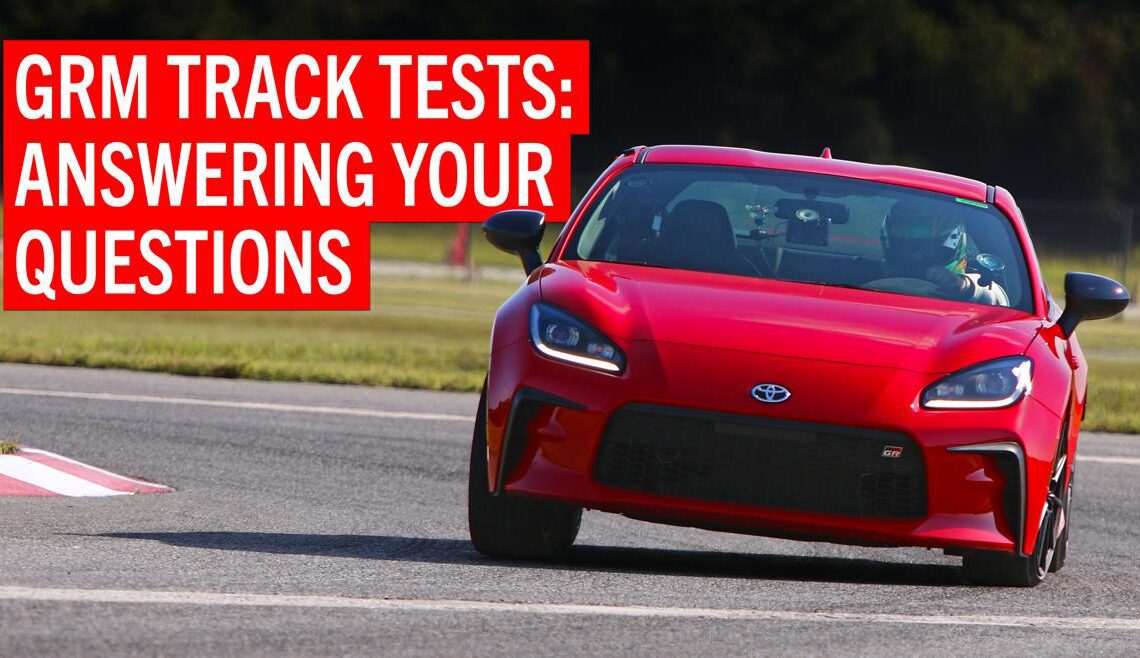A few years ago, we recommitted ourselves to properly testing new cars. This meant testing them on track, what with us being a track-focused media outlet and all.
Fortunately, we have an exceptional test facility nearby in the form of the Florida International Rally & Motorsport Park, whose partnership makes this part of the job realistic. Every relevant new car that we can test gets a proper track workout, complete with data capture and lap times from yours truly.
[The Grassroots Motorsports ultimate guide to track car lap times]
Because we’re pretty much the only media outlet doing consistent track testing of relevant new models, I get more than a few questions on how we test and what the results really mean. So I thought I’d dump some thoughts into this issue’s column.
1. Lap times are an interesting metric, but they can be deceiving. Because we test cars in as-delivered condition–manufacturers would rather we didn’t sneak some camber or toe into their machines–none of the cars we test can truly be considered “optimized” for track use. Add to this the fact that we test on OEM tires, probably the single biggest variable in producing lap times.
So while lap times are a great yardstick for message board bragging rights, they don’t tell the whole story. Instead of focusing on lap times, take a harder look at the data traces, which can provide insight into how the car actually drove. Did it put down power well out of corners or was I constantly adjusting speed post-apex? Did it trail-brake well into corners, or did the braking traces have inconsistent lower peaks? How much speed was lost on turn-in? These spots on the plot can give you more insight than raw numbers ever could.
2. No, I’m not “gaming” the hot laps, and the test is of the car, not me. Seasoned time trial competitors know that taking an extra-deep run into the final corner and building additional speed across the start/finish line is a great way to pick up some fractions of a second, but it doesn’t make for a fair comparison across months, years or different cars.
Also, I’m there to set a time for the car, not to shatter my personal records or to wad up some nice machinery and have to make a very awkward phone call. So my hot laps tend to be closer to 99% than 101%. That said, I’d like to think that my 99% is a pretty well-seasoned and skilled 99%, so the data you get is relevant.
But that’s another complication: With…
Click Here to Read the Full Original Article at Grassroots Motorsports Online Articles…

